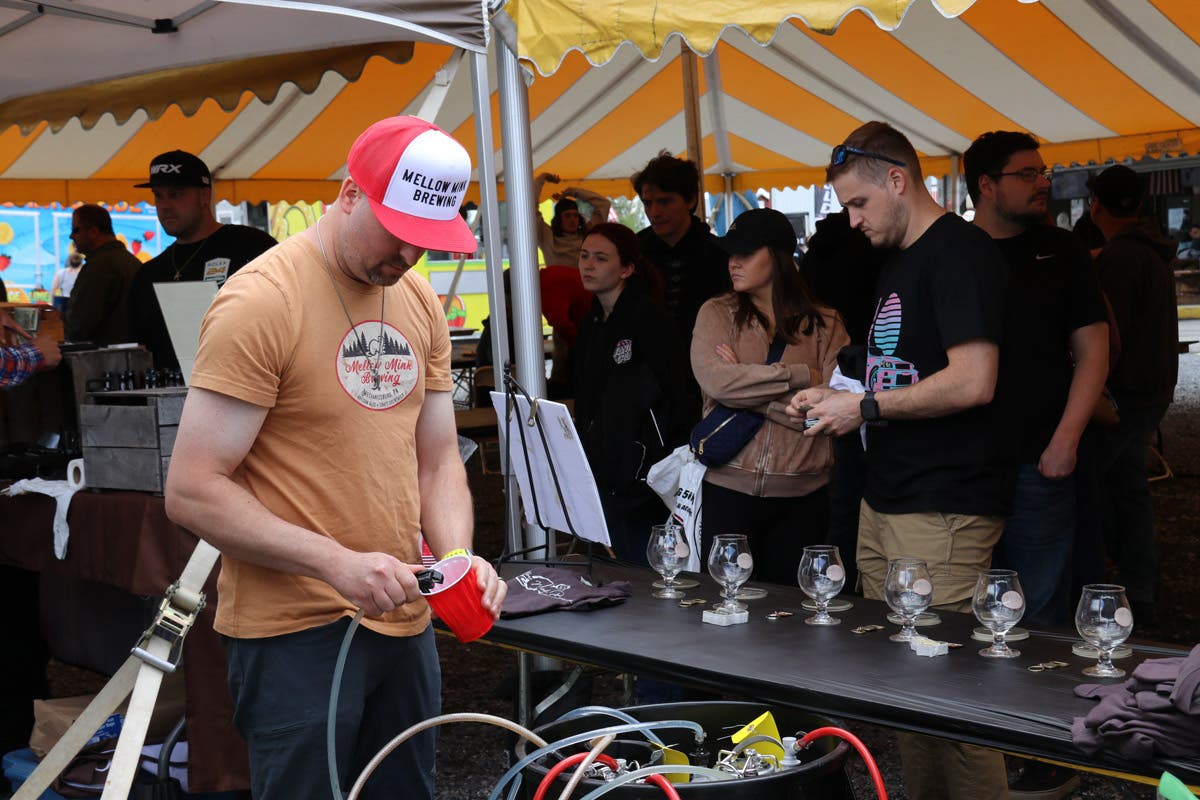Route 66 runs through AACA Museum
HERSHEY, Pa. _ Driving is an integral part of our culture and Route 66 is an iconic stretch of roadway that plays both an emotional and historical reference in American…
HERSHEY, Pa. _ Driving is an integral part of our culture and Route 66 is an iconic stretch of roadway that plays both an emotional and historical reference in American transportation history. The new Route 66 exhibit at the Antique Automobile Club of America (AACA) Museum adds modular facades to the existing Colorado backdrop in the main exhibit gallery and helps to tell the story of a car trip via Route 66.
Incorporated into this new exhibit will be Native American artifacts from the Cammack Collection, authentic porcelain driving symbols and road signs beckoning drivers to rest or view artifacts from by-gone years.
The Main Street highway passed through many small towns. The average speed was 25 miles per hour on the 18 to 20-foot wide road. The first automobiles shared the highway with horse-drawn vehicles and tractors. "Main Street" of America was full of mom and pop general stores, diners, motels and gas stations. It was part of Nat King Cole's song "Route 66" and the 1960s television show "Route 66" which starred a Chevrolet Corvette.
Route 66 starts in Chicago and ends on the shores of the Pacific Ocean in Santa Monica, Calif. The famous highway crosses Missouri, Kansas, Oklahoma, Texas, New Mexico, and Arizona. One could travel the urban streets of Chicago and St. Louis, take in the majestic Grand Canyon, experience the Southwest's native America and finally relax on the beach of Santa Monica without leaving the road.
This iconic highway was completed in November of 1926 for a total of 2,451 miles and was the main thoroughfare from east to west until 1985. It follows 17 National Parks and winds its way through 27 American Indian tribe homelands. More than half of the highway, 1,372 miles, is in former Indian Territory.








